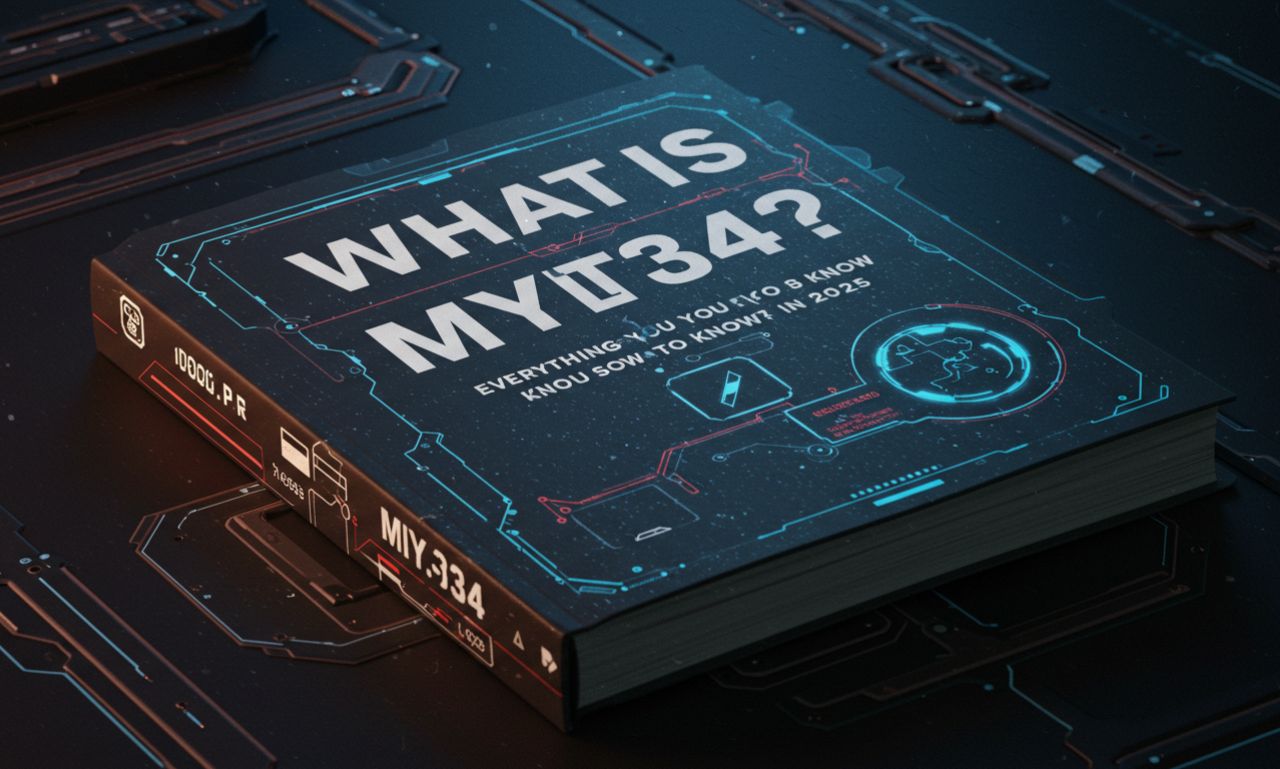In today’s fast-paced digital era, where new technologies, codes, and platforms appear almost daily, the term mylt34 has gained significant attention in online discussions, research communities, and innovation forums. For some, seems like a cryptic keyword or a niche concept, while for others, it represents the future of interconnected technologies, algorithms, and secure communication. As 2025 unfolds, understanding what is and how it fits into the evolving digital ecosystem has become increasingly important.
The Origins of mylt34
The roots of mylt34 can be traced back to the early 2020s, when developers, researchers, and data analysts began experimenting with new identifiers that could streamline digital processes. The term “mylt34” first appeared in online repositories and forums as an experimental code linked to data encryption and machine learning testing environments. Over time, the usage of grew beyond technical communities and started appearing in discussions around cybersecurity, decentralized networks, and even digital identity solutions.
Its name—seemingly abstract—symbolizes both complexity and functionality. The combination of letters and numbers hints at its role as a coded identifier rather than a traditional brand or concept. Yet, despite its cryptic nature, mylt34 quickly captured the curiosity of professionals who saw potential in its flexible application across multiple fields.
Why mylt34 Matters in 2025
The digital world of 2025 looks very different compared to just a few years ago. Artificial intelligence, blockchain-based platforms, and smart automation have become integral to industries worldwide. Within this landscape, mylt34 has emerged as a unifying concept that addresses some of the most pressing challenges: secure communication, efficient data handling, and adaptive system integration.
At its core, mylt34 functions as both a framework and a code, allowing systems to communicate and operate with enhanced speed and reliability. Businesses and institutions are increasingly using in digital infrastructure to safeguard information and to ensure that data exchanges remain trustworthy. This makes it not just a technical tool, but also a cornerstone of modern innovation.
The Role of mylt34 in Technology
In practical terms, mylt34 plays a role similar to advanced identifiers used in computing and data transmission. However, unlike older systems, it integrates artificial intelligence features that adapt to different environments. This adaptability makes it an essential component in 2025 for industries such as cloud computing, digital finance, healthcare technology, and even entertainment platforms.
For example, in AI-driven environments, ensures that learning algorithms can exchange datasets without compromising integrity. In cybersecurity, it is used to generate secure channels resistant to common hacking techniques. In decentralized platforms, it supports verifiable transactions while maintaining anonymity. These applications highlight how has moved from being an obscure code to a widely recognized tool shaping the future of digital systems.
Cultural and Academic Interest in mylt34
Beyond the technical field, mylt34 has sparked cultural and academic conversations. Meanwhile, in popular culture, has been referenced in speculative fiction, gaming communities, and digital art projects. Its cryptic name lends itself to mystery, making it a symbol of futuristic innovation and unknown possibilities. The blending of technical importance and cultural curiosity has elevated mylt34 into a broader symbol of the times.
Business Adoption of mylt34
By 2025, businesses worldwide are integrating mylt34 into their operations. Startups and established corporations alike recognize its potential to streamline digital workflows. In particular, sectors such as fintech, healthcare, logistics, and e-commerce are at the forefront of this adoption.For e-commerce, it enhances user trust by offering secure identity verification without exposing personal information.
This wide range of applications demonstrates that is not confined to a single niche but has become a versatile solution in 2025’s technology-driven economy.
The Future Outlook of mylt34
Looking ahead, the influence of mylt34 is expected to grow even further. Moreover, as discussions around digital sovereignty and data privacy continue, mylt34 may become central to ensuring fair digital governance. Governments and organizations could adopt it to create universal standards for identity protection and ethical data usage. By 2030, it is likely that mylt34 will no longer be considered an emerging technology but an integral part of everyday digital interaction.
Challenges Facing mylt34
Despite its promising applications, mylt34 also faces challenges in 2025. One major concern is standardization—since mylt34 is still relatively new, different industries interpret and implement it in varied ways. Without consistent frameworks, its benefits may be unevenly distributed.
Another challenge lies in accessibility. Bridging this gap is essential to prevent digital inequality.
Finally, as with any advanced technology, there are ethical considerations. The use of mylt34 in identity management and surveillance systems raises questions about privacy and misuse. Balancing its benefits with responsible governance will be a key task in the coming years.
Why You Should Pay Attention to mylt34
For everyday users and professionals alike, understanding mylt34 in 2025 is crucial. Whether you are working in technology, business, or creative industries, this framework has the potential to influence how you interact with digital systems.
Conclusion
From its experimental beginnings to its wide adoption across industries, has transformed into a versatile framework with global significance. Its impact stretches beyond technology into culture, business, and governance, shaping the way people think about digital identity and trust. Staying informed about its development is essential for anyone looking to thrive in the ever-changing landscape of 2025 and beyond.

